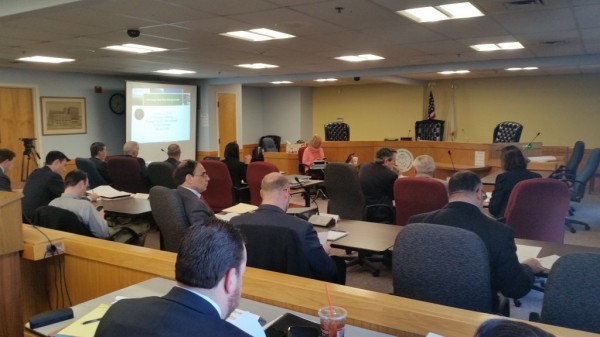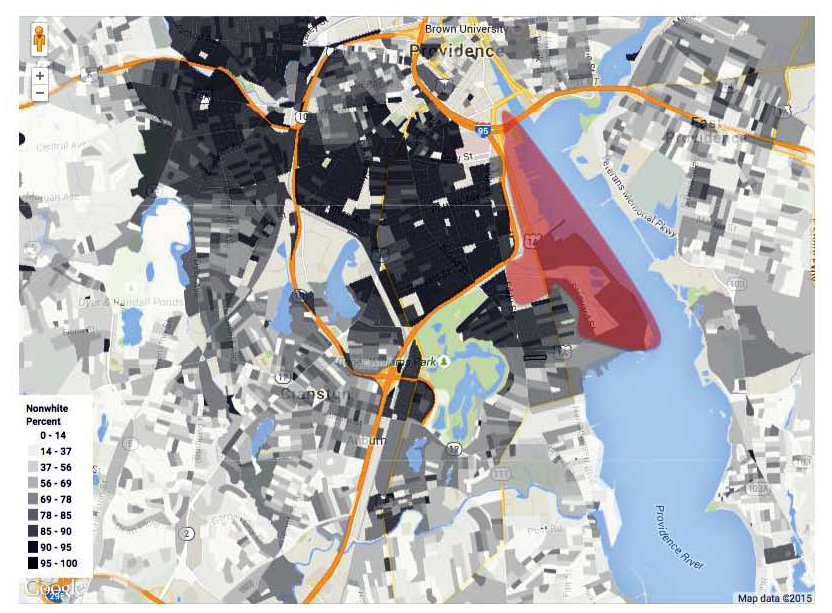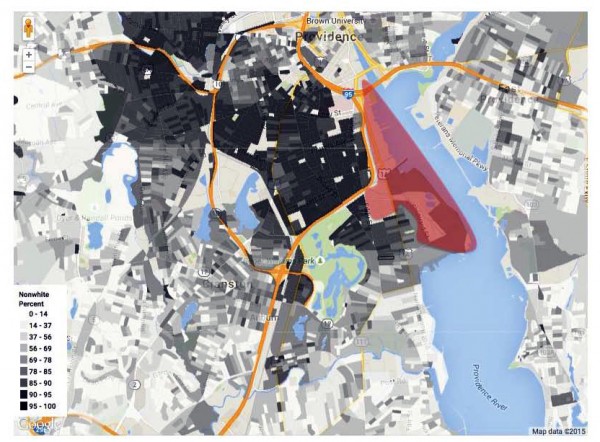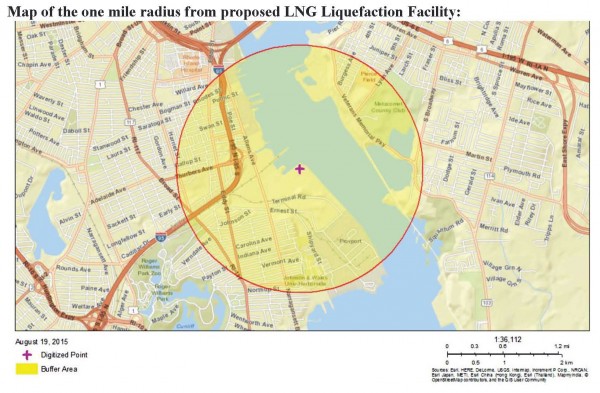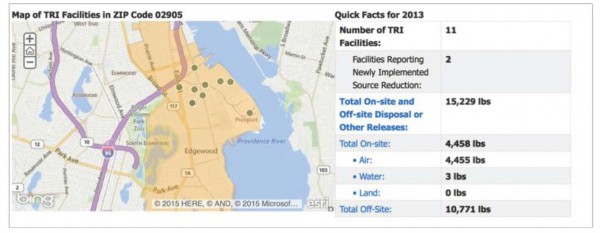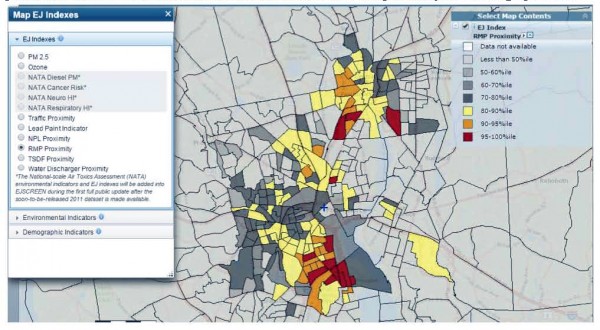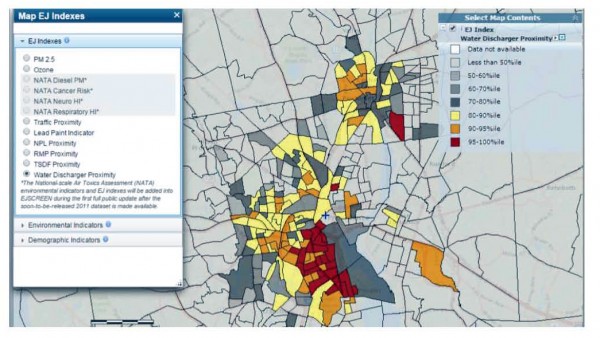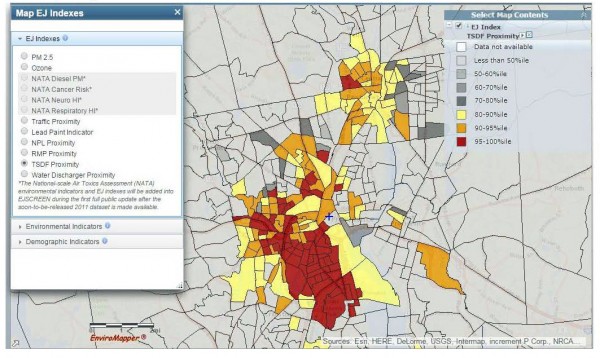 Ziggy Stardust has made his final departure and is now with Major Tom, the Spiders from Mars, and the angel-ghost of Freddie Mercury, leaving a legacy of amazing music and terribly problematic personal choices. There is much that can be said about Bowie’s artistic range and output, from his early glam rock albums to his jaunt with creepy Muppets to his under-stated and quite good cameo as Nikola Tesla in Christopher Nolan’s THE PRESTIGE.
Ziggy Stardust has made his final departure and is now with Major Tom, the Spiders from Mars, and the angel-ghost of Freddie Mercury, leaving a legacy of amazing music and terribly problematic personal choices. There is much that can be said about Bowie’s artistic range and output, from his early glam rock albums to his jaunt with creepy Muppets to his under-stated and quite good cameo as Nikola Tesla in Christopher Nolan’s THE PRESTIGE.
But I would prefer to go to the heart of the matter, what always defined Bowie: sex.
In these days when the Janet Jackson Nipple-Gate Super Bowl fiasco seems tame, it is almost impossible to remember just how much of a sexual performer Bowie was in 1968. In the days before Stonewall, there were exceptions like Mick Jagger, but the rock music scene was a homophobic, testosterone-saturated, misogynist locker room that allowed the public a peak at the high-class bacchanal every night via a concert auditorium. Perhaps the finest rendition of this can be found in two films, Cameron Crowe’s absolutely classic ALMOST FAMOUS and the absolutely unseen Robert Frank-Rolling Stones documentary COCKSUCKER BLUES.
The first film is about an under-aged Rolling Stone reporter who almost accidentally falls into the wonderland of a rock band’s tour of the American heartland. What we witness is a bunch of over-grown children, far more immature than the actual child in their presence, who treat women like garbage. The most stunning instance of sexism in the film is when the roadies from several bands trade female groupies around in exchange for cases of beer. The anti-heroine of the film, a Tiny Dancer named Penny Lane, is treated like a piece of meat and driven to attempted suicide by a pathetic, cowardly pig of a lead guitarist who needs to hide her from his wife. It is also worth noting the film includes in its climax a drummer who surprises everyone by coming out of the closet. What exactly do you think kept him from doing so beforehand?
The second is a legend in the annals of rock history, a treasure akin to the last bootleg tapes of the Grateful Dead live that have yet to be picked by Dick or perhaps a recording of the legendary lost weekend that Paul McCartney and John Lennon had in Manhattan in 1976. (Of course, I have owned a copy of CSB for over ten years, but that is another story.) Robert Frank was hired by the Rolling Stones to film their 1972 Exile on Main St. tour of the States. When the Stones watched the resultant picture, they had a panic attack and forbid Frank to show it, leading to a lawsuit that ruled the director can only show the film four times a year in an “archival setting” (whatever the hell that means). The film is a half-color footage of brilliant concert performances and half-monochrome (not as much black and white as blue and white) images of drugs, booze, and sex at a level not seen since Caligula’s horse was getting the royal treatment from Bob Guccione.
This does not justify and I do not pardon Bowie for his unacceptable sexual forays with underage groupies that were running around the tour buses with him and certain members of Led Zeppelin. But it also speaks to the context and nature of a period when rock music was allowing women to be treated like dirt. In all blunt honesty, are there any people walking this planet who are stupid enough to think that no one knew what Ike was doing to Tina Turner during this time period? Are there any sentient lifeforms who do not recognize the blatant sexism and racism aimed towards Yoko Ono when, in reality, Ringo, Paul, and George also had gotten married and built families in the years leading up to 1969, circumstances that dictate one must stop partying and playing music to commit that unthinkable crime of growing up?
When David Bowie came on the music scene, he was not openly homosexual or bisexual, he was blatantly androgynous, something perhaps more threatening than Liberace and Elton John having contests with Elvis for most rhinestones in one’s costume. Like the late Lou Reed shortly before him, no one was sure what exactly David Bowie was in terms of not just sexual orientation but gender. This was a period when being transgender was so taboo that one could be called a Space Oddity and here was a mainstream rock artist celebrating it. To deny his sexual misdeeds is wrong, but it is also wrong to deny that the popular dialogue was advanced in the right direction by the Bowie stage act almost in spite of his awful off-stage behavior.
In this sense, we can also have a nuanced take on his rather flaky and altogether inappropriate dalliances with fascism. In May 1976, in the persona of an album character called The Thin White Duke, a so-called “emotionless Aryan superman”, Bowie made what appeared to be a Nazi salute to a crowd of fans at Victoria Station. This was at a time when, two months later, the popular Notting Hill carnival, a British West Indian cultural festival, exploded into riots that put over 100 police officers in the hospital. At the same time, Eric Clapton had gone on stage and ranted about “black wogs and coons and Arabs and fucking Jamaicans”.
England was in the midst of an identity crisis of epic proportions, one that is hauntingly like the American political ennui in this sensationalized election year. The postwar welfare state and the promises of multiculturalism as a Labour Party political program for state-aided integration of minority populations was giving way to the infamous Winter of Discontent, a year when public sector unions were going on strike and in heated battles over wage increases with the Labour government, and the cultural angst amongst white Brits who were befuddled and scared to the point of xenophobia by an influx of postcolonial migrants from the old imperial outposts. The political Left and Right were both radicalized and trying to take hold in the seats of government while poor whites found themselves tending towards paranoid bigotry directed at Muslims and Africans. Back then the Trotskyists were trying to join the Labour Party and radically reshape the traditional mainstream left-of-center party just as Bernie Sanders does today. Margaret Thatcher’s populism and evocation of “something…deep in the English psyche: its masochism. The need which the English seem to have to be ticked off by Nanny and sent to bed without a pudding. The calculus by which every good summer has to be paid for by twenty bad winters. The Dunkirk Spirit-the worse off we are, the better we behave“, to use the words of the late Stuart Hall, is not unlike the candidacy and attendant enthusiastic support of Donald Trump, though The Donald has turned the Thatcherite animus for trade unions towards a mythical phantom haunting Asia he calls “China” (does he know where and what Japan, Vietnam, Thailand, Taiwan, and Indonesia are?).
When Bowie said two years earlier that Hitler was the first rock star and that “Britain is ready for a fascist leader… I think Britain could benefit from a fascist leader. After all, fascism is really nationalism… I believe very strongly in fascism, people have always responded with greater efficiency under a regimental leadership”, he was pretty bonkers because of addiction. But he also was speaking from an ugly, right-leaning place in the British psyche that had called the Empire beautiful. He was speaking from a part of the homo/bisexual spectrum that went well beyond embracing black rubber and leather and into the realm of militarism, nationalism, and political orgy, sexual and otherwise, that birthed the Nazi Ernst Rohm. Of course, after he spent enough time in Germany in the next decade to meet actual former Nazis and learn what was really at the core of the Third Reich, he pulled his hand back from the flames of Auschwitz. But the fact he went there shows us an artist who wanted to go in every direction with sex, even to the places in the homosexual experience that most sane gay men refuse to visit.
And all that before he met Jim Henson!
To lose David Bowie occasions and requires an honest reflection on his flaws and defects. But to merely harp on them without using them as entries into discussions to critique ourselves and the culture he changed is just as wrong as brushing off his failings as par for the course for the “time he lived in”. We cannot do anything but value the whole man, going back to the true Marxist definition of that word, “the proportion in which a certain number of use-values of one kind can be exchanged for a certain number of use-values of another kind“, here, insights and lessons.



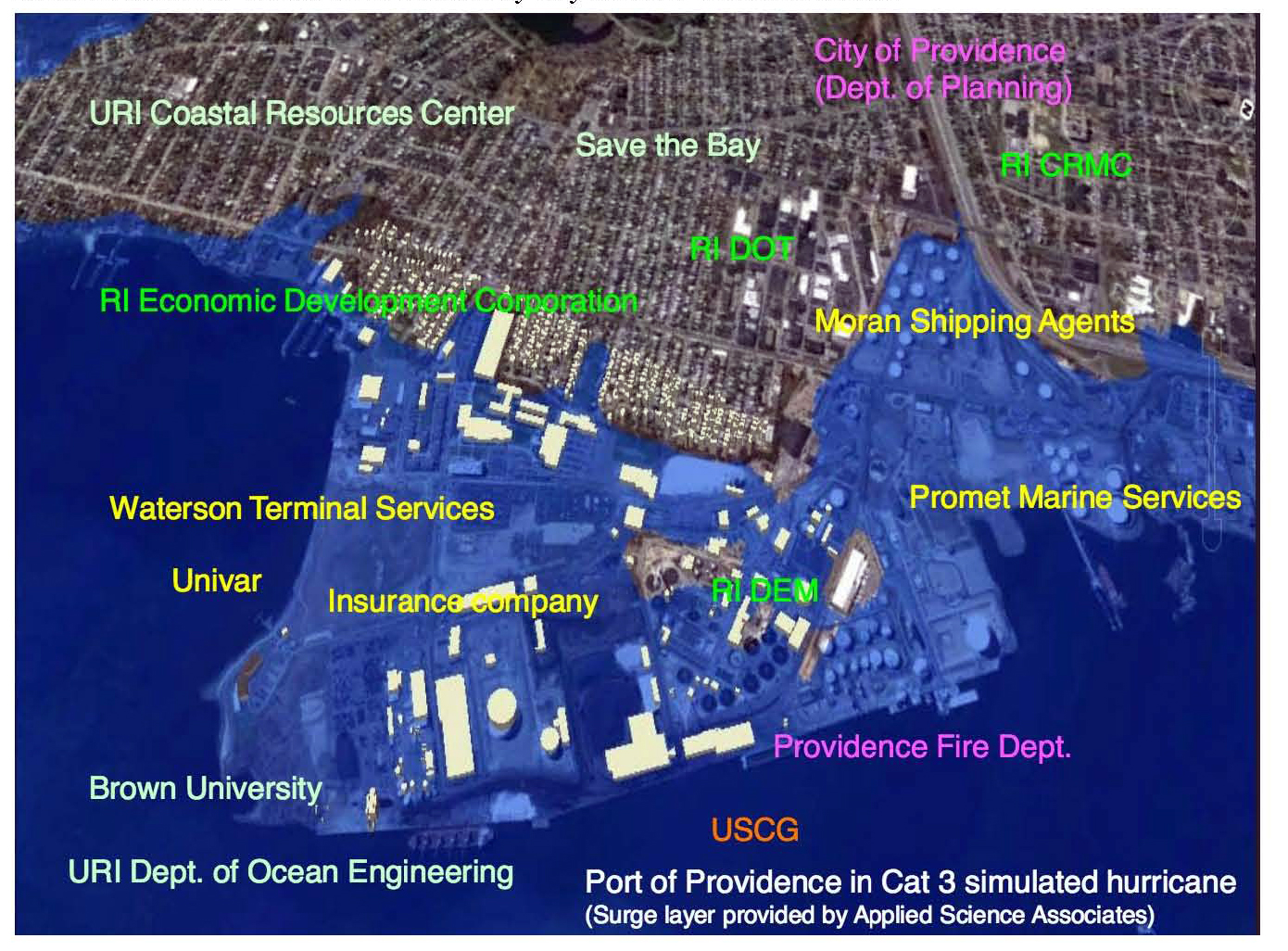
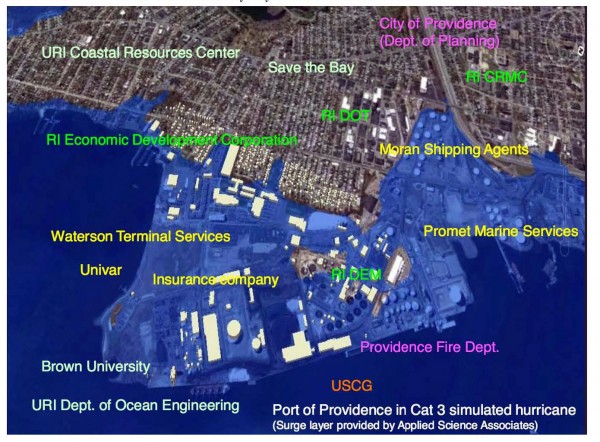
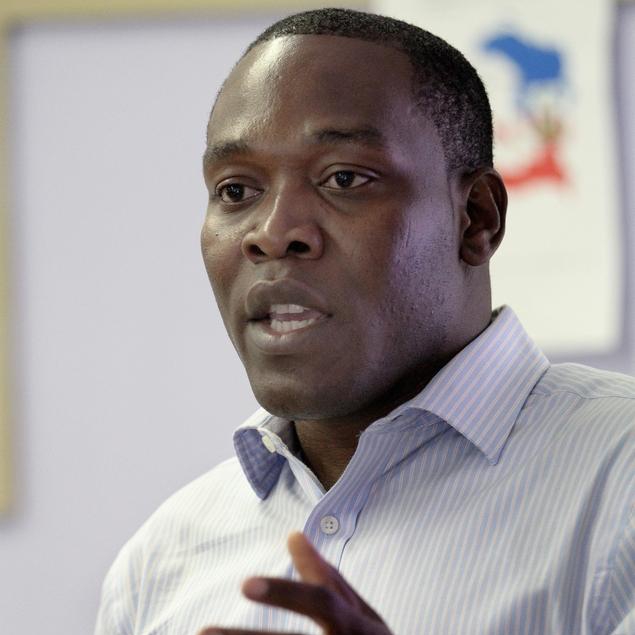
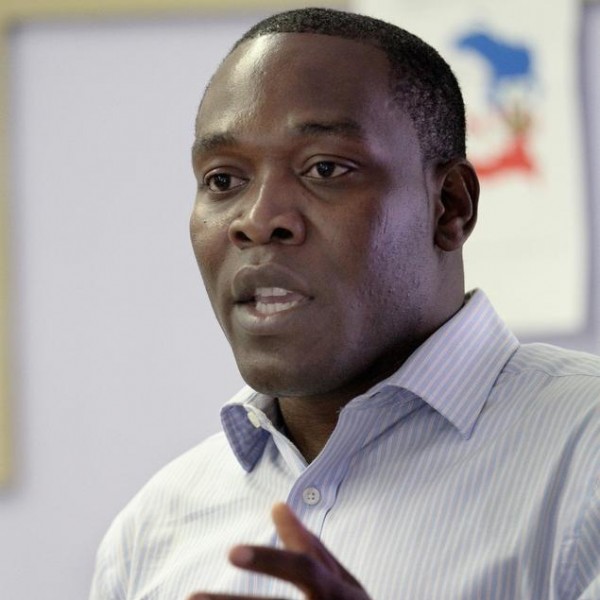

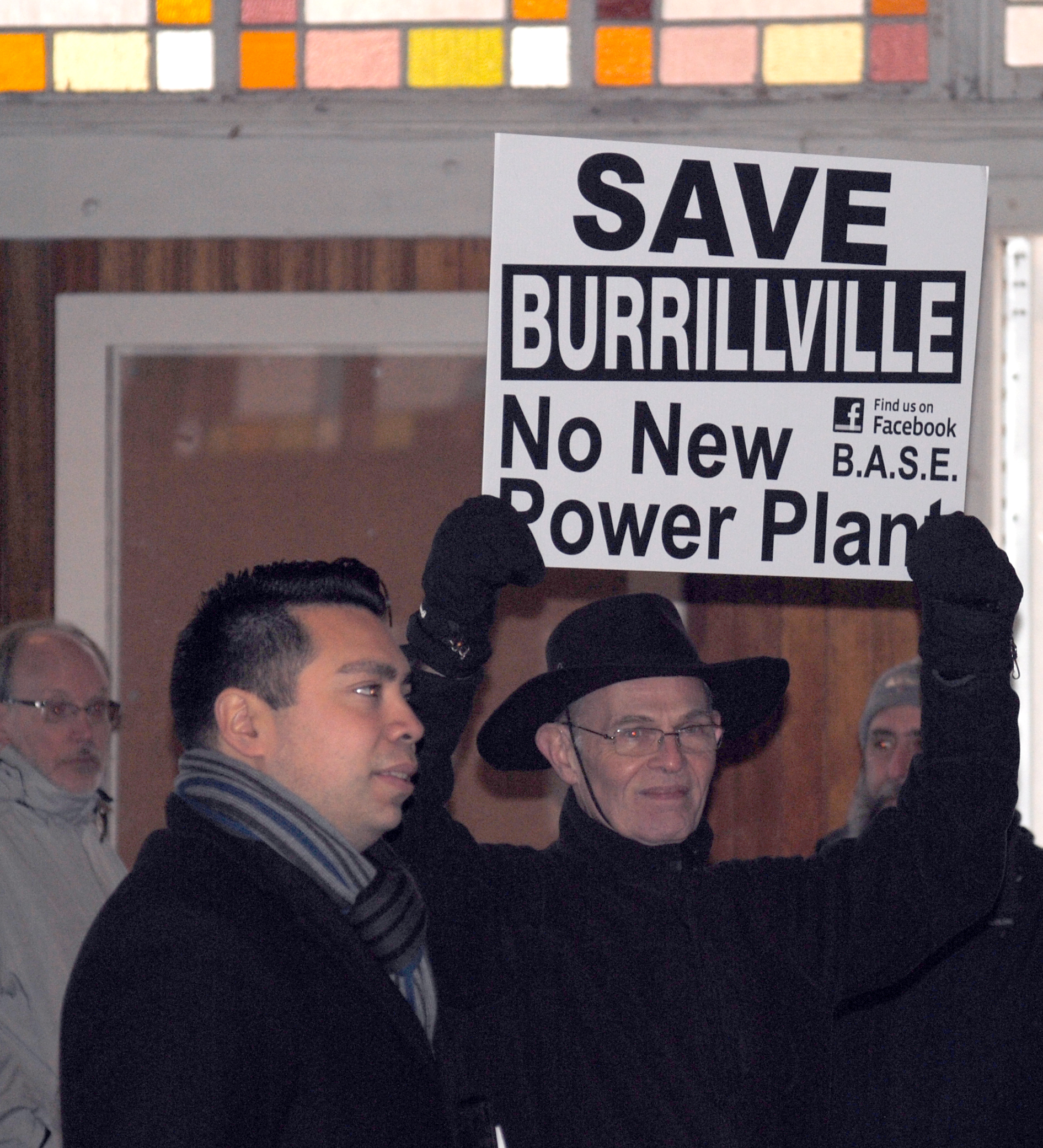
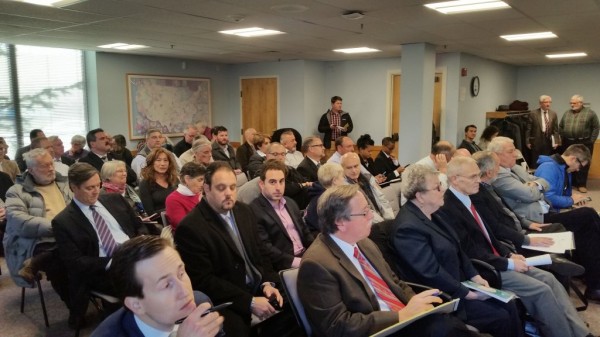 The new methane gas power plant planned by Invenergy for the Town of Burrillville met strong opposition from a variety of environmental groups but also had what seemed like strong support from both members of the
The new methane gas power plant planned by Invenergy for the Town of Burrillville met strong opposition from a variety of environmental groups but also had what seemed like strong support from both members of the 